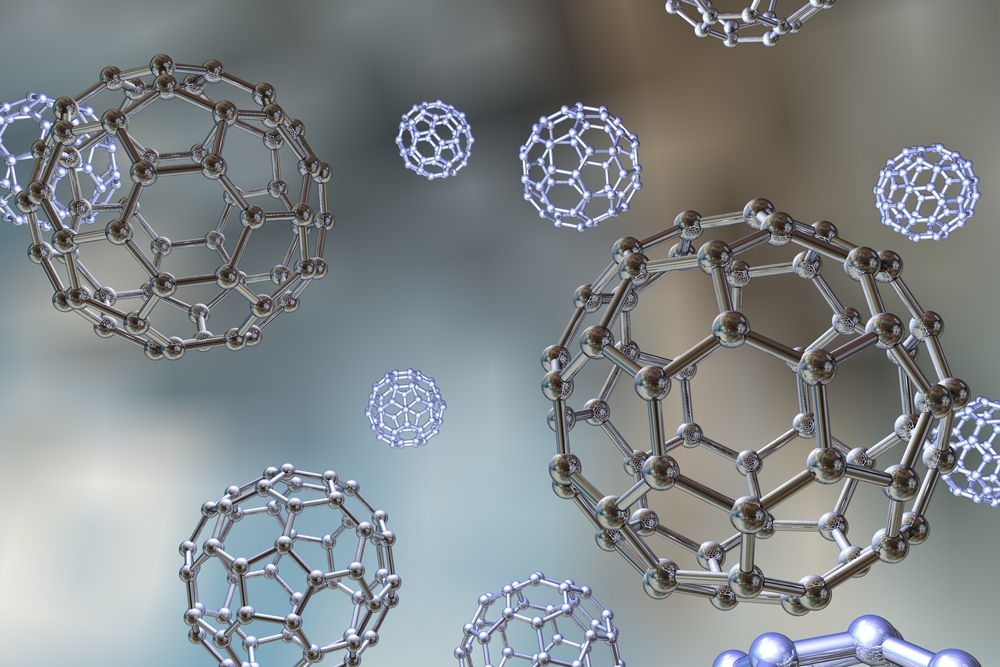Effectiveness of PAH Therapy Boosted by Use of Nanoparticles in Animal Study

The delivery and efficiency of ethyl pyruvate (EP), an anti-inflammatory and anti-oxidant agent, was significantly improved in a rat model of pulmonary arterial hypertension (PAH) when encapsulated in nanoparticles (NPs). The study, “Intratracheal instillation of ethyl pyruvate nanoparticles prevents the development of shunt-flow-induced pulmonary arterial hypertension in a rat model,” was published in The International Journal of Nanomedicine.
Ethyl pyruvate has been shown to improve survival and/or ameliorate organ dysfunction, including in mouse models of acute lung injury. Ways of enhancing its delivery might prolong its effectiveness, and decrease the frequency of its administration.
Researchers investigated whether inhalation of EP encapsulated in nanoparticles, compared to free EP delivery, better prevented the development of PAH in a rat model. The team developed bioabsorbable polymeric NPs, formulated from a poly(ethylene glycol)-block-lactide/glycolide copolymer (PEG-LG). Researchers looked specifically at the shunt-flow-induced hyperkinetic PAH, a condition arising from left-to-right shunt congenital heart disease, which exposes the pulmonary vasculature to overflow and high pressure, culminating in hyperkinetic PAH.
The animals were divided into five groups: blank (i.e., no treatment after shunt flow), normal control (i.e., no shunt flow or treatment), EP-NP instillation, EP-only instillation, and vehicle (instillation without use of any therapy). After shunt flow, the animals were immediately administered their respective treatment, either intratracheal instillation of EP-NPs or the other approaches. Each treatment under testing was continued weekly until the end of the experiment.
Researchers observed that after 12 weeks, both pulmonary arterial remodeling and hemodynamic characteristics (relating to the flow of blood within the organs and tissues) were significantly improved in the EP-NP instillation group (as compared to all other groups — blank, control, EP-only, and vehicle).
Additionally, rats in the EP-NP group showed a significant decrease in the levels of inflammatory mediators, reactive oxygen species, and Endothelin1 (ET1) in the lungs during PAH development. The decrease in inflammatory markers and ET1 was also detected systemically, since its levels were also reduced in the serum. Researchers also observed that the EP-NP group showed a high degree of retention of EP in the lungs, when compared to the EP-only group.
These results support future therapeutic delivery of EP encapsulated in nanoparticles, since EP-NP instillation attenuated inflammation and prevented pulmonary arterial remodeling during the development of PAH induced by shunt flow.







